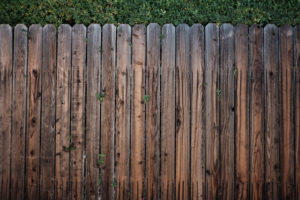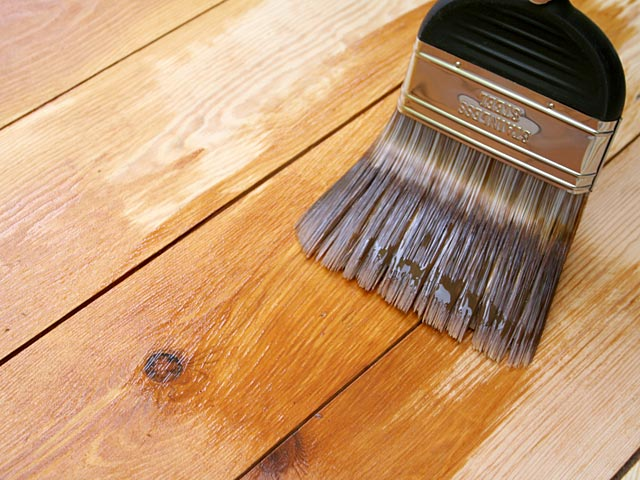
After a long winter season, more likely than not, your fence is looking a little faded. Before reaching for the paint bucket – wait a moment – and let Zenith Painting & Coatings tell you why staining is a viable option.
Although Zenith recommends staining most fences, there are a couple benefits to choosing paint over a stain option. For example, you will have more variety in paint colors than stain colors. Paint will also provide a thicker barrier to the elements and it can last for years. The only downside happens after those couple years are gone and the paint job begins to crack, discolor, or peel.
Rather than retouching fences every few months, opt for a stain instead. A quality stain job will penetrate the wood better, resulting in a wooden fence maintaining its’ natural color and it won’t peel for years.
How Does a Staining Process Work?
Fence staining must be done on previously unpainted wood. If the wood has already been stained or painted, Zenith will pressure wash and sandblast the wood to remove the old paint or stain to achieve the true color of the new stain. The next step is to select the correct stain (look at the stain options below) for your wood. Before deciding on a particular stain, test out a sample on a small area of your fence, or a piece of scrap wood first, to see if it’s the right color and type of stain. Since fences are outdoors, always use a waterproof stain, especially anything that has to endure harsh weather conditions.
Stains can be applied in numerous ways but Zenith always makes sure that the fence is clean and completely dry. Staining also takes less time than painting since it only requires one or two coats, depending how dark you want the stain to appear. After a few years, stains will begin to fade, so keep that in mind when choosing a stain shade.
Visit Sherwin Williams Stain Options

Stain Options
Oil Stain: Must be used to re-stain any surface the way it was previously oil stained. It can also be applied over latex stain.
Latex Stain: Better color retention, easy cleanup, and can be applied over wet surfaces.
Semitransparent Stain: Accentuates the grain of the wood, and allows the wood’s natural color show through. It creates a rustic look and color of the wood is an important factor in choosing a stain for your fence.
Solid Stain: Since it has solid properties, you won’t see the color or grain of wood. Yet, it tends to come off when it gets damp and therefore this type of staining is ideal for surfaces that won’t experience high traffic.
When you decide to give your fence some TLC, trade in the paint for a stain and perhaps a white picket fence for a more rustic look. Your fence will not only look amazing, but it will also require less maintenance.


